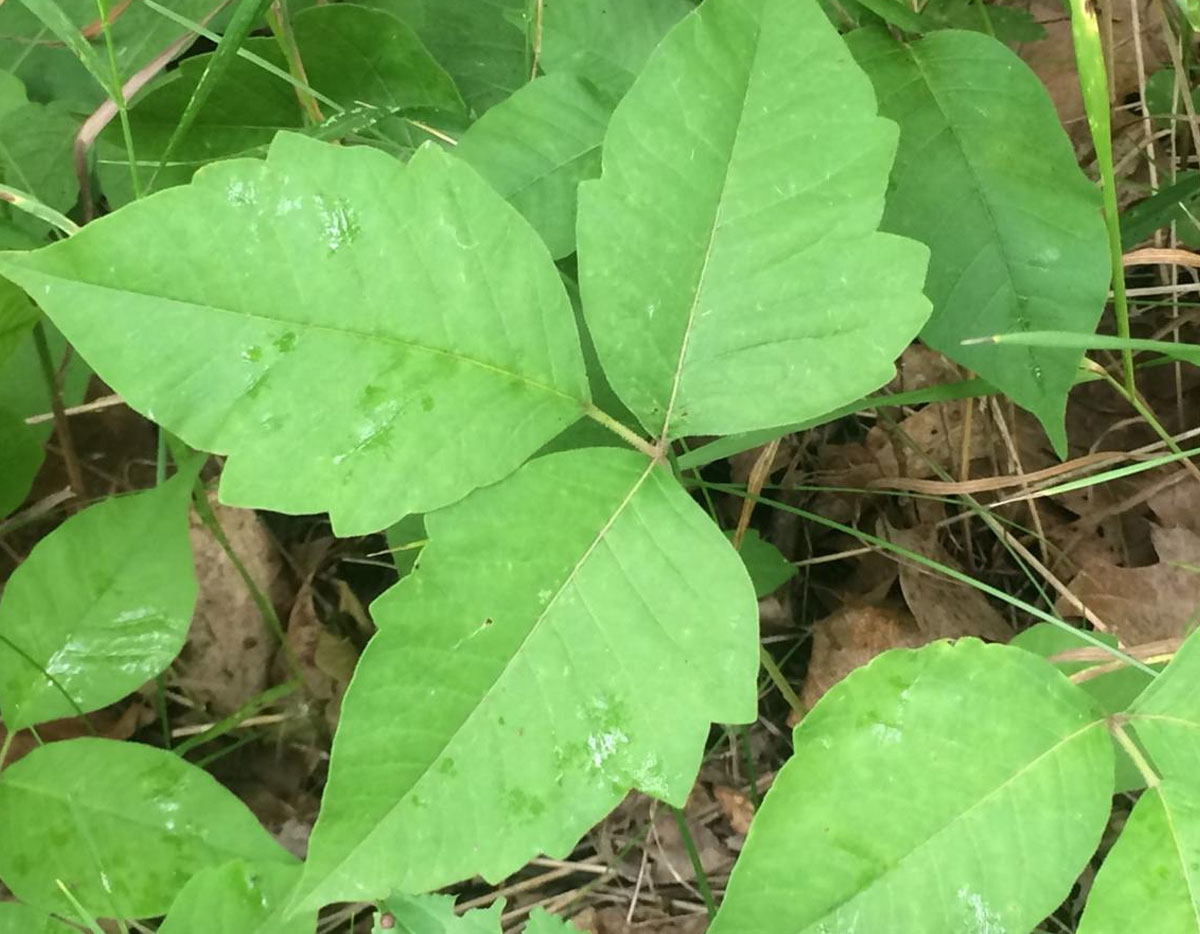

The middle leaf tends to have a small stem, while the two side leaves grow off the vine. So, when attempting to identify poison ivy, make sure to look for three leaves with pointy tips that are loosely connected on each stem. Though most people think of it as a vine that grows upwards, clinging to a variety of surfaces, mainly because it does have "ivy" in the name, the fact is that poison ivy can also grow as a bush or even a single plant. That's why you should look for leaves that grow in clusters of three, which is the most defining characteristic of this plant. The problem with poison ivy is that it's very adaptable and grows in various ways, making it difficult to identify. These berries can be seen starting in spring all the way through to the end of winter. The plant also has small clusters of white berries, which it drops to reseed itself and grow larger. In spring, the leaves are green, while in fall they turn reddish-orange. Its leaves are pointed at the tip and grow in groups of three.
/arc-anglerfish-arc2-prod-dmn.s3.amazonaws.com/public/R3NIZH34WG42DSGX7YHCRS4O4A.jpg)
Poison ivy can grow as both a vine and a shrub. Recognizing poison ivy, poison oak and poison sumac is essential if you want to avoid the unpleasant burning and itchy rash that accompany these common plants.


 0 kommentar(er)
0 kommentar(er)
